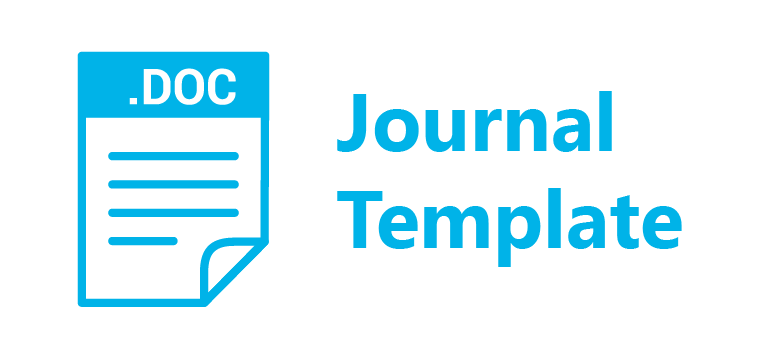Full-State Feedback Control Design for Shape Formation using Linear Quadratic Regulator
DOI:
https://doi.org/10.35806/ijoced.v2i2.114Keywords:
shape formation, linear quadratic regulator, full-state feedback, control designAbstract
This study investigated the capability of a group of agents to form a desired shape formation by designing the feedback control using a linear quadratic regulator. In real application, the state condition of agents may change due to some particular problems such as a slow input response. In order to compensate for the problem that affects agent-to-agent coordination, a robust regulator was implemented into the formation algorithm. In this study, a linear quadratic regulator as the full-state feedback of robust regulator method for shape formation was considered. The result showed that a group of agents can form the desired shape (square) formation with a modification of the trajectory shape of each agent. The results were validated through numerical experiments.
References
Beard, R.W., Lawton, J., & Hadaegh, F.Y. (2001). A coordination architechre for spacecraft formation control. IEEE Trans. Contro Sysl. Tech., vol. 9(6), pp. 777-790.
Burgard, W., Moors, M., Fox, D., Simmons, R., & Thrun, S. (2020). Collaborative multi-robot exploration. in Proc. IEEE Int. Conf. Robot. Autom. (ICRA), pp. 476–481.
Burgard, W., Moors, M., Stachniss, C., & Schneider, F.E. (2005). Coordinated multi-Robot exploration. IEEE Trans. Robotics, vol.21, no.3, pp. 376-386.
Fax, J.A., & Murray, R.M. (2003). Information flow and cooperative control of vehicle formations. IEEE Trans. Automat. Control , 49 (9), 1465–1476.
Fikri, M., Ashari, A., Dharmawan, A., & Alldino, B. (2018). An overview of fundamental step using wi-fi communication for flight formation quadrotors. in 2018 4th International Conference on Science and Technology (ICST), pp. 1–5.
Hou, Z., & Fantoni, I. (2015). Leader-follower formation saturated control for multiple quad-rotors with switching topology. In IEEE Workshop on Research, Education and Development of Unmanned Aerial Systems (RED UAS 2015) (pp. 8-14).
Lafferriere, G., Caughman, J., & Williams, A. (2004). Graph theoretic methods in the stability of vehicle formations. in Proceedings of the American Control Conference, Boston, Massachusetts, pp. 3729 – 3734.
Lafferriere, G., Williams, A., Caughman, J., & Veerman, J. J. P. (2005). Decentralized control of vehicle formations. Syst. Control Lett., vol. 54, no. 9, pp. 899–910.
Lewis, F., Zhang, H., Hengster-Movric, K., & Das, A. (2014). Cooperative Control of Multi-Agent Systems: Optimal and Adaptive Design Approaches. London, U.K.: Springer-Verlag.
Liu, T., de Queiroz, M., Zhang, P., & Khaledyan, M. (2019). Directed formation control of n planar agents with distance and area constraints. in Proc. Annu. Amer. Control Conf. (ACC), Philadelphia, PA, USA, pp. 1824–1829.
Mesbahi, M. & Egerstedt, M. (2010). Graph Theoretic Methods in Multiagent Networks. Princeton Univ. Press.
Ren, W. & Beard, R. W. (2005). Consensus Seeking in Multiagent Systems Under Dynamically Changing Interaction Topologies. IEEE Trans Autom Control, Vol. 50, pp 655-661.
Roman-Ballesteros, I., & Pfeiffer, C. (2006). A Framework for Cooperative Multi-Robot Surveillance Tasks. Electronics, Robotics and Automotive Mechanics Conference (CERMA’06), Vol. 2, pp. 163–170.
Wu, B., Wang, D., & Poh, E.K. (2011). Decentralized robust adaptive control for attitude synchronization under directed communication topology. J Guid Control Dynam, 34 1276-1282.
Zavlanos, M. M., & Pappas, G. J. (2007). Potential fields for maintaining connectivity of mobile networks. IEEE Trans. Robot., vol. 23, no. 4, pp. 812-816.


















